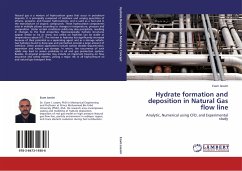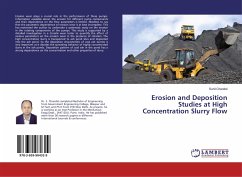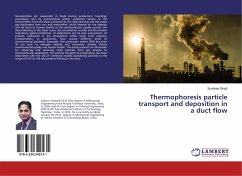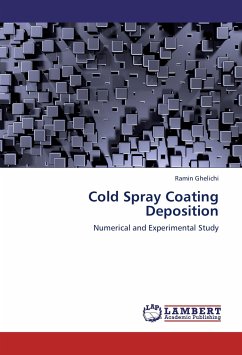Natural gas is a mixture of hydrocarbon gases that occur in petroleum deposits. It is principally composed of methane and varying quantities of ethane, propane, and heavier hydrocarbons, and is used as a fuel and in the manufacture of organic compounds. These hydrocarbon components exist in multiple phases according to changes in temperature, pressure and composition. Under certain conditions solids may also precipitate, resulting in changes to the fluid properties. Macroscopically, hydrate structures appear similar to ice or snow, but unlike ice hydrates can be stable at temperatures above 0ºC. The interest in hydrates has significantly increased because of their potential as a separating agent and as a storage vehicle. Gas hydrates found in deep seas and permafrost provide a large amount of methane. Other positive applications include carbon dioxide sequestration, separation and natural gas storage. In return, the occurrence of such solids may lead to severe problems in oil andgas production systems. Besides, its physical properties may include an important bearing on flow assurance and safety matters, posing a major risk in all high-pressure oil and natural gas transport lines.
Bitte wählen Sie Ihr Anliegen aus.
Rechnungen
Retourenschein anfordern
Bestellstatus
Storno








